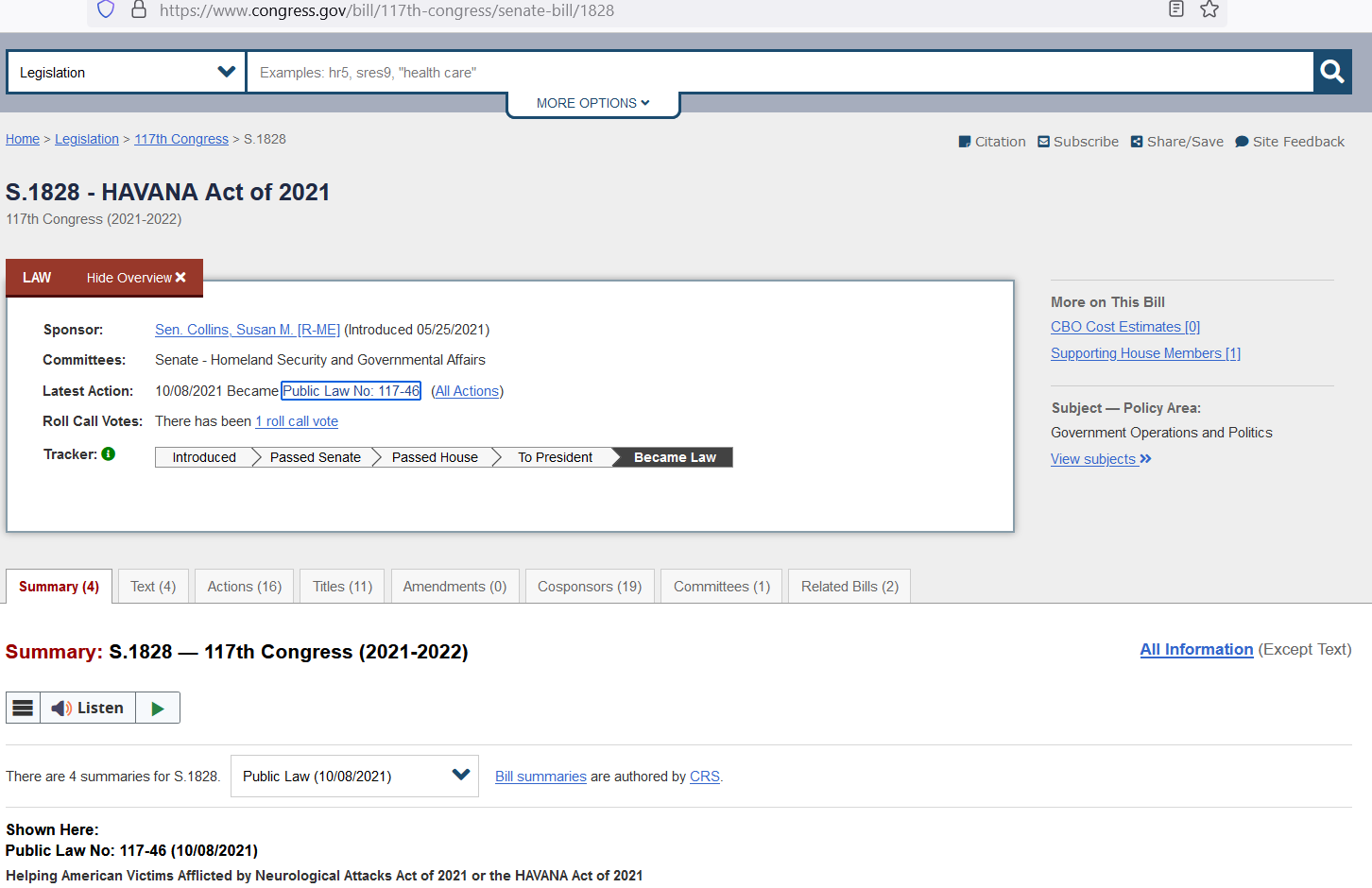A paradigm, in general, is a pattern or a framework, inside of which something else builds up. An early paradigm in natural science was the idea that the sun revolves around a stable Earth (geocentric paradigm), an idea that got supplanted with one that has the earth revolving around the sun (heliocentric paradigm).
Regarding human use of weapons, at least three paradigm shifts have occurred.
Paradigm #1
The opening scene of Stanley Kubrick's 2001: A Space Odyssey (1968) shows an ape picking up a bone and hitting another ape with it, supposedly indicating the historical advent of the use of handheld weapons as a means of social control.
Bones, sticks, and stones were then used in early human history as clubs or spears to solve conflicts and disputes with violence rather than by using reasoning or objective law. That was the first paradigm.
Paradigm #2
Then came kinetic weapons/ballistics, things involving projectiles. The first kinds included the bow-and-arrow. Later methods involved the use of gun powder.
The ballistic/kinetic paradigm ultimately led humanity into two world wars. Certain policies became needed after the paradigm of kinetic weapons matured. As nation-states developed ballistics, they could effectively defend their borders, but could also become threats to others.
While many commentators would dub chemical, biological, or nuclear weapons as a third paradigm, there is a lot of potential for collateral effects from them — i.e., someone who wields them may end up dead from the future effects of using them on others. They are “inherently-dirty” weapons which involve inherent danger to the user.
Policies around their use were adjunctive deterrents, along with the inherent irrationality of using them in the first place, such as the Cold War concept of Mutually-Assured Destruction (MAD).
Paradigm #3
A third weaponry paradigm, one without the lingering effects just mentioned, is the use of energy weapons. Because they are not kinetic, no physical projectile is involved and no material evidence of their use is obvious after the fact. For these reasons, they have been used in secret — possibly for decades now.
Because of the secrecy, there is no public policy in effect which deals with their use. This makes our current times dangerous, like when nuclear weapons first got created, but when there was no policy in effect in order to make certain that they did not get misused — even though the danger of nuclear fallout helped to deter their use.
While in this third paradigm of weaponry, attempts at transparency and accountability regarding the high-profile (no-longer-secret) use of energy weapons at embassies— such as the Helping American Victims Afflicted by Neurological Attacks Act of 2021 — can help to minimize harm going forward:
When each new paradigm of weaponry arrived, new public education and policies became needed to deal with the new ways of harming others — ways which the early-adopters of the new technology had had at their disposal. Being able to harm others in a brand new way has proved dangerous, but with education, danger can be minimized.
Reference
[report on how to move forward cautiously, while in a new weaponry paradigm] — Egel, Daniel, Gabrielle Tarini, Raymond Kuo, Eric Robinson, and Anthony Vassalo, Can the United States Deter Threats from Uncertain Origins? Examining the Cases of Havana Syndrome, SolarWinds, and the Chinese Mafia, RAND Corporation, RR-A1598-1, 2023. As of January 25, 2024: https://www.rand.org/pubs/research_reports/RRA1598-1.html


